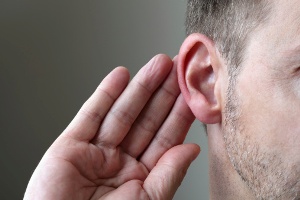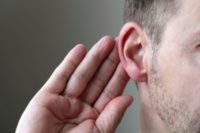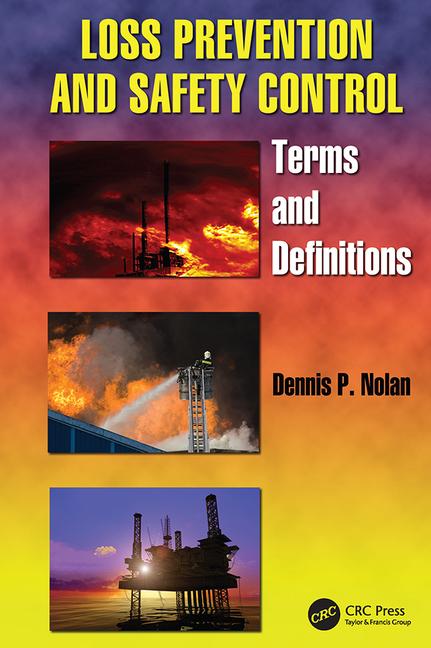 Professional French horn players may need to seriously consider adopting effective strategies to prevent noise induced hearing loss (NIHL). A new study published online in the Journal of Occupational and Environmental Hygiene (JOEH) found further evidence that French horn players are one of the most at-risk groups of developing NIHL among professional orchestral musicians.
Professional French horn players may need to seriously consider adopting effective strategies to prevent noise induced hearing loss (NIHL). A new study published online in the Journal of Occupational and Environmental Hygiene (JOEH) found further evidence that French horn players are one of the most at-risk groups of developing NIHL among professional orchestral musicians.
Between 11 and 22 percent of French horn players showed some form of hearing loss typical of NIHL,” according to study investigator Ian O’Brien, MPhil, MAudSA, CCP, a doctoral degree candidate at the University of Sydney and a professional French horn player. “Looking at those aged 40 years or younger and also correcting for age, the number of horn players with an apparent hearing loss rose to between 17 percent and 33 percent.”
The study, conducted by researchers from the University of Queensland and the University of Sydney at the 2010 annual gathering of the International Horn Society in Brisbane, Australia, examined the hearing of 144 French horn players. The investigators performed audiometric assessments and measured sound levels and hearing thresholds to determine if the horn players were at risk of harmful sound exposure.
O’Brien and his colleagues also administered a questionnaire to investigate the horn players’ safety practices and attitudes about hearing conservation.
Most don't use hearing protection
“We were surprised to find that only 18 percent of participants reported using any form of hearing protection,” said lead investigator Wayne Wilson, PhD, MAudSA, CCP, a senior lecturer in audiology at the University of Queensland. “Even within that 18 percent, the use of hearing protection appears to be inadequate with 81 percent of these participants reporting their frequency of use as ‘sometimes’ and 50 percent reporting they use generic, foam or other inferior forms of protection.”
According to the National Institute on Deafness and Other Communication Disorders (NIDCD), when individuals are exposed to loud noise over a long period of time, symptoms of NIHL will increase gradually. The NIDCD recommends preventing NIHL by regularly using hearing protectors such as earplugs or earmuffs. Designed specifically for musicians such as French horn players, these devices are commercially available.
“Our findings also reinforce the need to educate horn players, their mentors and audiologists about the need to protect hearing and how best to achieve this while still enabling musicians to play to the highest level,” said O’Brien. “Even mild hearing loss can result in difficulties discriminating pitch, abnormal loudness growth and tinnitus, all of which can affect a musician’s ability to perform, subsequently jeopardizing his or her livelihood.”
Effects of hearing loss
The Bureau of Labor Statistics reports that there have been nearly 125,000 cases of permanent hearing loss in workers since 2004. In addition to hearing loss, exposure to high levels of noise can result in physical and psychological stress, reduced productivity, poor communication, and accidents and injuries caused by a worker’s inability to hear warning signals.
According to Torey Nalbone, PhD, CIH, associate professor at the University of Tyler, Texas, Vice Chair of ACGIH® and an AIHA noise exposure expert, “Traditionally, we have examined rock and roll artists and their hearing loss, but few think of the hearing loss experienced by symphonic orchestra players. The presence of loss of hearing acuity in the ranges documented in this study demonstrates that orchestral musicians should take a more active role in conserving their hearing.”
He adds, “The appropriate use of hearing protection devices can and will reduce the incidence of NIHL. This could be an important attitude and habit to change for these horn players and others in an orchestral setting, especially when they depend on their hearing for a major portion of their success during performances.”






